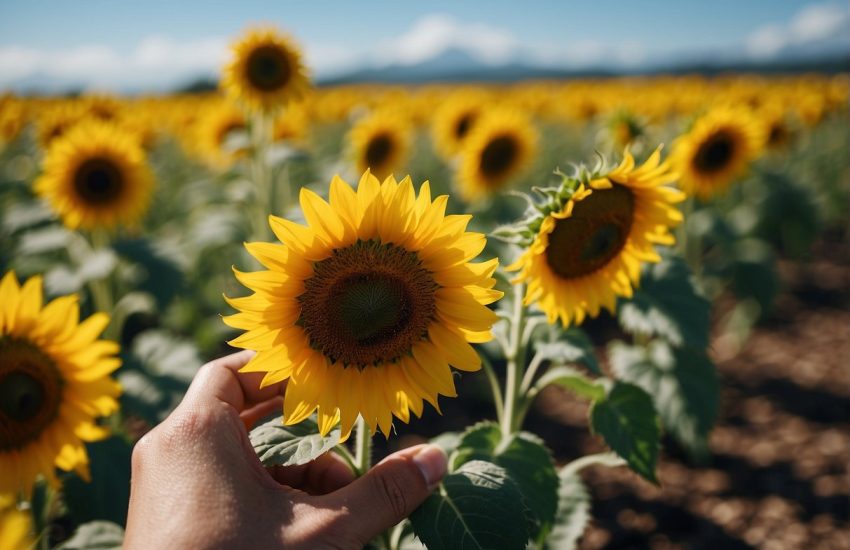How to Keep Begonias Blooming
Begonias are one of the eye-catching plants with more than 200 species and colorful flowers. It has been in the pots of every house for years. The biggest reason it is preferred in homes is that it blooms with colorful flowers. Its homeland is South America, South Africa, and Asia, according to sources.
When discussing ornamental plants that can be taken care of at home, the first thing that comes to mind is the begonias plant. Since it is suitable for mild conditions due to its structure, it is very suitable for growing at home. Begonias, which are indispensable for those interested in flowers and love to grow ornamental plants at home, bloom in all seasons, especially in winter.
It has established a throne in the hearts of many people because these plants bloom in various colors such as pink, yellow, white, red, and orange. There are also types of begonias consisting only of leaves. In addition, it has undertaken a task such as cleaning the air in the area where it is located. Begonias, which begin to bloom in mid-spring, continue to bloom until the end of the year. The seeds of them do not lose their germination ability for years.
What Is The Meaning of Begonia Flower?
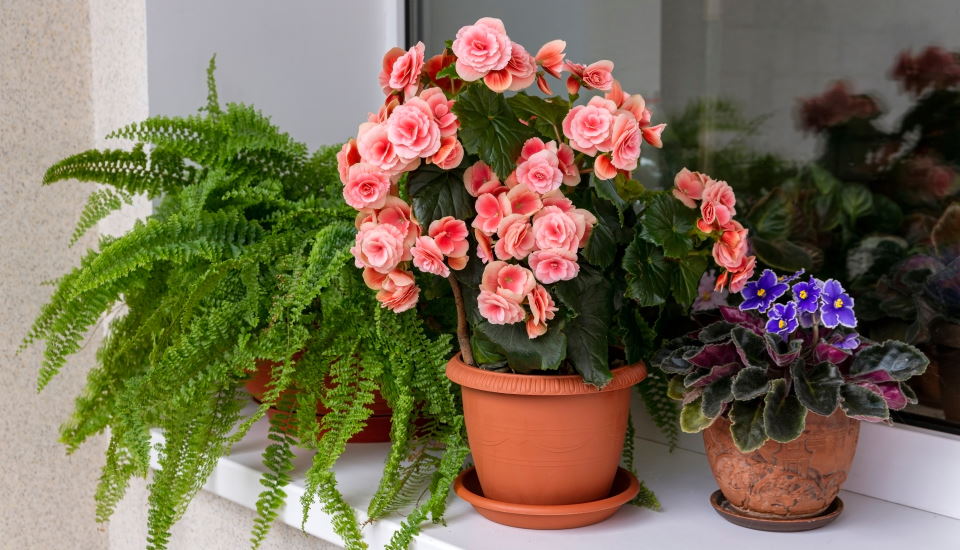
Begonia means dreaminess in botanical dictionaries. If you plan to buy a meaningful and humorous gift for a person who likes to dream, this flower will be a very suitable option. It fascinates everyone with the colorful flowers it blooms.
What Are Begonia Types?
These flowers have diversity according to the place where they are grown, their colors, leaf forms, growth patterns, and many more. There are several types of begonias, such as;
Freckled Begonia: The freckled begonia, one of the most spectacular species, got its name from its appearance. There are white freckles on the glossy, green leaves. Freckled begonias bloom faster than other types.
Cane Begonia: This begonia type with a length of 19-60 cm likes to grow in the shade. It can be easily grown in rooms with low sunlight and on balconies at home.
Tuberous Begonia: Tuberous begonias are the most preferred among other species. This type of begonia blooms light green and segmented.
Leaf Begonia: Its flowers are smaller than the others. It blooms with colorless flowers, and its height is above average.
Tree Begonia: Its name is tree begonia because it is taller than other types. The leaves are hairless and long. Some of them bloom mottled.
Flowering Begonia: It is the most colorful and lively blooming begonia type.
What Kind of Environment Do Begonias Grow In?
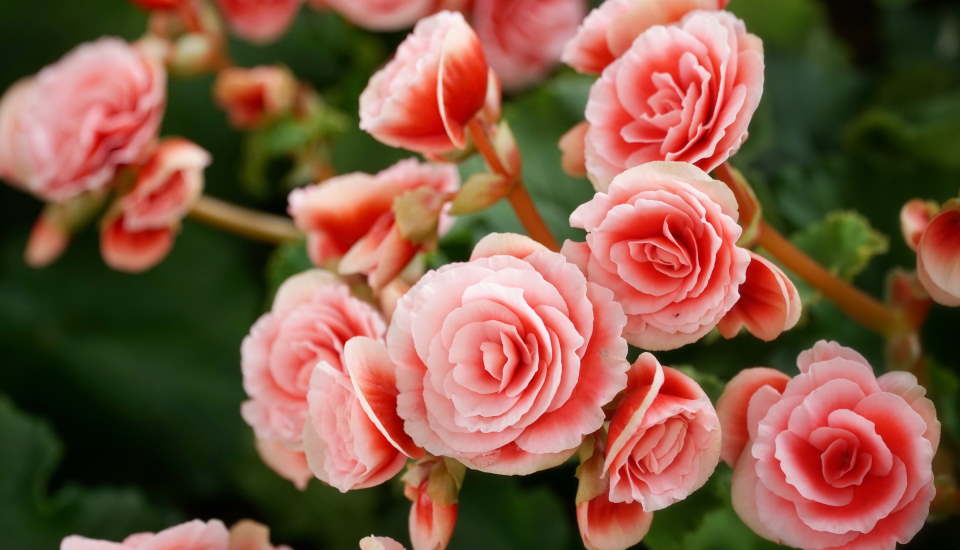
Begonias prefer bright, airy positions to bloom. During the blooming period, it should be looked at in a location where it can benefit from the sun for at least 2-3 hours a day when the sun is not too hot. For these flowers to grow and bloom effectively, they need to stay in a warm environment between 22-24.
Begonias that have completed their development can live in any environment except -23 degrees and colder. With suitable conditions, they can bloom colorful flowers. If you are wondering whether begonias can be grown in the garden between April and December, they can also be grown outdoors if soil properties are considered.
How to Care for Begonias to Bloom?
Knowing some details about the begonia flower, among the houseplants that should be taken care of, makes your plant bloom more. Since they are plants that consume vitamins and minerals in the soil over time, like every plant, vitamin and mineral support should be provided at least once a year. On the other hand, the begonia flower responds better to humus soils and blooms many times faster. For this reason, it is necessary to prefer fertilized soil.
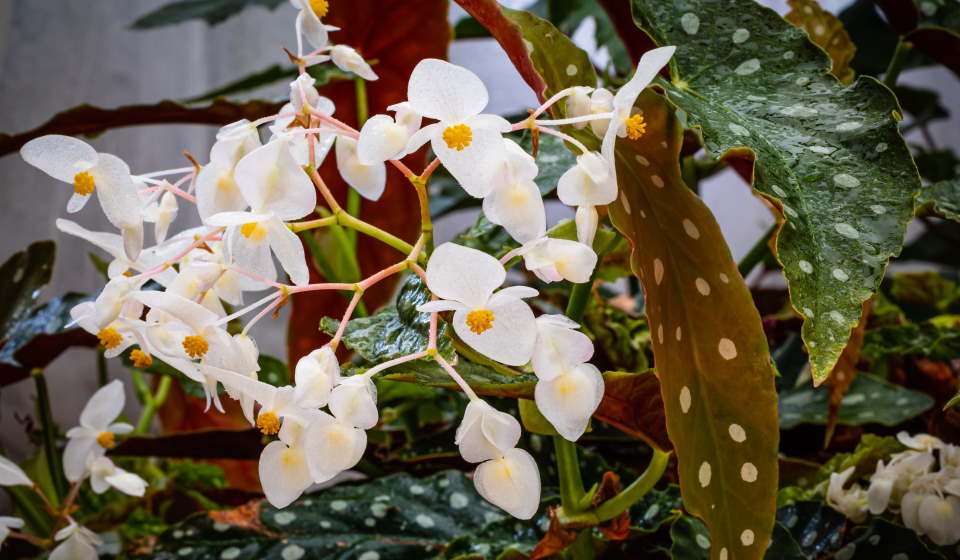
Begonia plant repotting should be done in April, usually every 2-3 years. The Begonias, which can be planted in small pots at first, can be changed after it grows. You can understand the right time when the roots have developed, and the pot is narrow. If you are going to plant a single flower, you can use a deep pot. If you plant 3-4 of them together, you can use longer pot types. Another important thing is if your plant fades, you should immediately prune the leaves and flowers carefully. Also, you can buy vitamins that will protect the begonia from herb stores.
Watering Begonias
Begonias are a water-loving plant. However, excessive watering should be avoided, and the moisture balance of the soil should be maintained. An ideal method is watering with spray bottles and spraying on the blooming areas. The watering process must be carried out at regular intervals. Otherwise, the dried soil may damage the roots if it is suddenly watered. If chlorinated water from the tap is used, it must be rested for a while to get rid of the chlorine.
There must be drainage holes in the bottom or sides of the pot because the soil that is in too much water can rot from excessive moisture. The container used when watering the begonias should be the same size for each watering. Watering should be on the same day and in the same amount.
How Do The Begonias Bloom and Reproduce?
You can reproduce the begonia in the spring. It is one of the easiest plants to propagate. But there are a few rules to be aware of. Basically, There are four types of reproduction methods: cuttings, seeds, root separation, and rooting in the water. If you want to create your own small garden that includes bloom begonias, you should master this information.
Propagation by Seed: Seeds are placed one by one on the soil. It is buried in the ground very lightly with the help of fingers. With the necessary care, you can see sprouting after a short time. You can apply this process in any season. Begonias, which germinate in about 15-20 days, reach the size to be planted in 2 months.
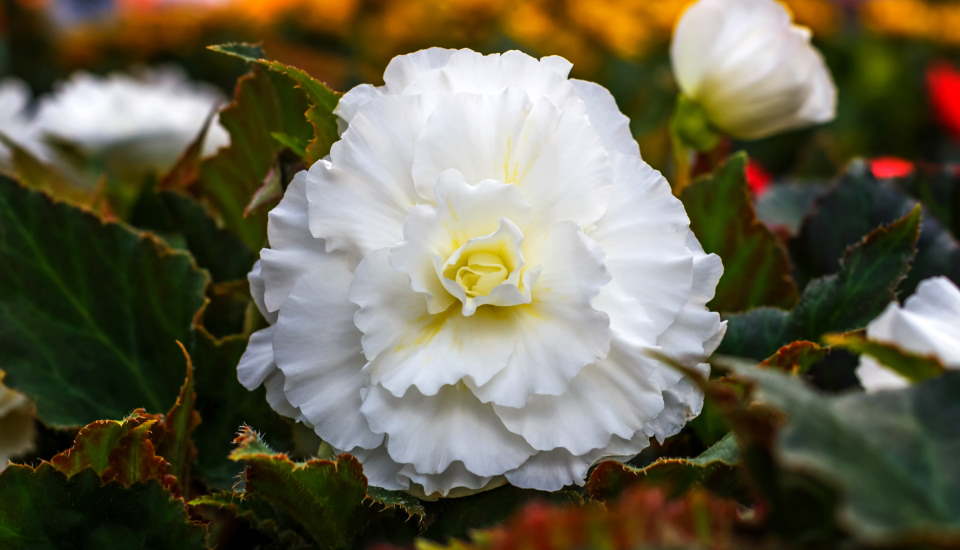
Root Separation: This method is done by separating your newly sprouted plant from the root and planting it in a different pot. In the process of performing proper care, your flower will develop and succeed in coming to the surface. The best season for reproduction is the second half of spring.
Propagation with Cuttings: It is cut up to a maximum of 10 cm from the non-flowering part of the plant. The cut part is planted in suitable soil, and a regular cut is made behind it to adapt to the soil. This method is generally used for begonia species with large leaves. It is appropriate to do it at the end of spring, the beginning of summer.
Planting by Rooting in Water: You should cut a branch from your begonias and wait for it to root in water for a few months. You can complete the process by taking the rooted branch and burying it in the ground.
When Does Begonia Bloom?
The begonia flower will bloom when it loves its place and is well cared for. The blooming process begins to occur in March-April. It continues until December. The leaves of blooming flowers may vary. Sometimes it can be big, and sometimes it can be small. Its branches are soft. Other begonias consist only of leaves. Leaf begonias develop in the form of wings. This kind of blooming is very often preferred in homes, as it makes the flower look more pleasant.
What to Do If Begonias Gets Sick?
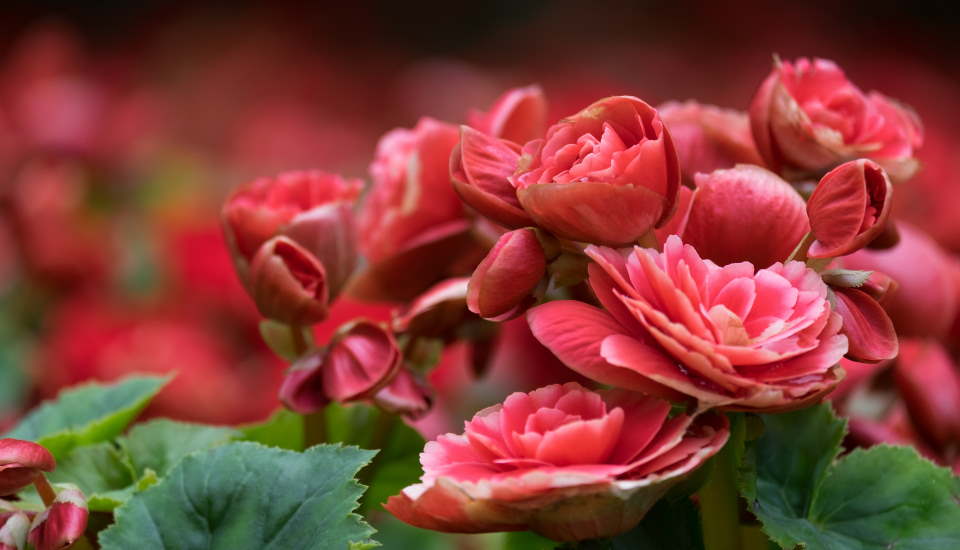
As with every plant, if the care of the begonia plant is not done as it should be, some diseases and pests will be invited. For instance, powdery mildew disease will cause this plant to lose its showiness if it is infected with the colorful flowers and bright leaves that make it attractive. It will also make it harder for it to bloom again.
White powdery spots appear on the stems, leaves, or flowers of infected plants. As the disease progresses, it envelops the whole plant and stops its growth, blooming, and development. The factor that causes powdery mildew is that it spends the winter on the leaves. If it finds suitable conditions in the spring, it infects the plants again. The spread of the disease varies depending on the proportional humidity and temperature.
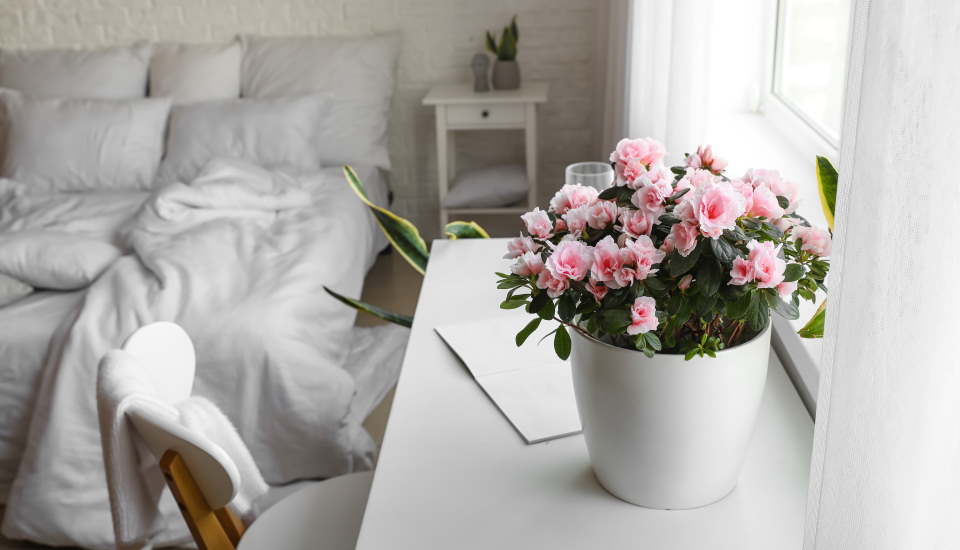
Some cultural measures should be taken to prevent the disease. Despite taking precautions, the disease can occur. Diseased leaves of plants should be removed and destroyed. Remove fallen leaves from the potted bed because these leaves hold mold spores. You can complete the struggle by applying the sulfur fungicide available in agricultural sulfur or garden stores to the plants. Spraying should be done in windless, rainless weather and should be done to cover the entire surface of the plant. The right timing and such methods will help you control the disease.
Conclusion
These plants find a place for themselves indoors in the home or office, outdoors in the garden or balcony. They can be easily grown in homes when suitable conditions are provided. So people generally prefer to grow them at home. They both add color to homes with their various colors and give people peace of mind. These beautiful plants can also be a nice gift for your loved ones because of their meaning.
These plants, which have more than one variety, require regular watering, care, and attention like every plant. If you give them what they need, they create a visual feast in your home.
You may also be interested in:

